Table of Contents
Computer Programming:
Computer programming means giving instructions to a computer in the language that it understands. Such instructions can be written in different languages as given below:
Machine Language:
A computer is an electronic machine that can understand any instruction given to it in a coded form. Since its memory can store only ‘0’s and ‘1’s, hence the instructions must be given to the computer in binary code. A computer program is a sequence of instructions written logically in such a manner that it consists of minimum instructions so that the typing of a program into the computer (or feeding the computer program) takes minimum time. A program written in binary coded form (or any other coded forms like Hex or Octal) that can be directly fed to the computer for execution is known as machine language and represents the lowest level of programming. It is worth indicating here that machine languages are different for different microprocessors. Instructions are given to the computer’s mechanism with the help of the binary system. In a binary system, ‘0’ represents the absence of a pulse, and ‘1’ its presence, a sequence such as 01010100 has some specific meaning for the computer. Such a binary representation was used in early computers and the programs based on these binary numbers were said to be written in machine language. Writing a program in machine language is a very difficult and cumbersome process. For example, a series of numbers 0011, 1000, 1001 in the machine language means “Add a number stored in location 8 to another number stored in location 9 and store the above result in location 8”. (The code number 0011 stands for the “addition” operation). For each instruction, different codes are used. Also, the rules of the machine language differ from one computer to the other.
Instructions in a form that can be used directly by the control unit are called machine instructions and programs written in the form of machine instructions are said to be written in machine language. We have already seen that it is very cumbersome to prepare a computer program in machine language as it contains instructions written in very long numerical chains and it is very difficult to remember the code of machine language.
Assembly Language:
The assembly language is a compromise between a high-level language and a machine language. To reduce the programmer’s burden, symbolic languages or addresses were developed in 1950. These languages permit the use of alphanumeric symbols (numbers and letters) instead of numeric operation codes and addresses. The computer operating system automatically translates these symbols with the help of a symbol equivalence table in order to obtain the numeric code that it needs to execute the program.
Becuase the correspondence is one-on-one between the symbolic and numeric operation codes, this language retains a high level of flexibility for the programmer. Symbolic languages are also machine-oriented and their coding is time-consuming. Assembly language is not as cumbersome to use as the machine language, nor is it as complicated as a high-level language like BASIC and FORTRAN. This is also called symbolic machine language and it allows a precise specification of the details of a particular microprocessor while retaining some symbolic and mnemonic information. A mnemonic is a means by which information can be memorized easily and is generally in the form of abbreviations of the names of operations to be carried out. Thus, LDA is a mnemonic representation for LoaD Accumulator and STA might stand for STore Accumulator.
High-Level Language:
A set of languages have been devised which are very close to our native language. Because of their strict grammar, such a set of languages is called high-level language or procedural language. A program expressed in a high-level language has to be translated into machine language before the computer’s microprocessor can perform all operations specified by these languages. BASIC, FORTRAN, PASCAL, COBOL, C, and Java are some of the popular high-level languages.
Very High-Level Language:
Very high-level or problem-oriented languages are much more user-oriented and allow users to develop programs with fewer commands compared with procedural languages, although they require more computing power. These languages are known as problem-oriented because they are designed to solve specific problems, whereas procedural languages are more general-purpose languages.
Three types of problem-oriented languages are report generators, query languages, and application generators.
- Query Language- It filters data according to the condition given. Users make a query from the database to retrieve information.
- Report Generators- It make reports using data stored in a database. These are similar to query languages and display the output as a report.
- Application Generators- It is a programmer’s tool consisting of modules that have been preprogrammed to accomplish various tasks. The benefit is that the programmer can generate applications programs from descriptions of the problem rather than by traditional programming, in which he/she has to specify how the data should be processed. Application generators are used by programmers to create parts of other programs. For example, the software is used to construct on-screen menus or types of input and output screen formats. NOMAD and FOCUS, are two database management systems, including application generators.
Natural Languages:
Natural languages are of two types. The first are ordinary human languages: English, German, etc. The second is programming languages that use human language to provide people with a more natural connection with computers.
Natural languages are part of the field of study known as artificial intelligence. Artificial Intelligence (AI) is a group of related technologies that attempt to develop machines capable of emulating human-like qualities, such as learning, reasoning, communicating, seeing, and hearing.


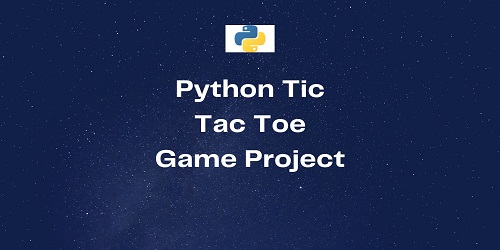

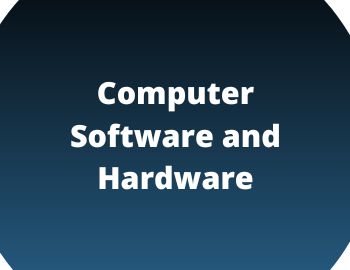
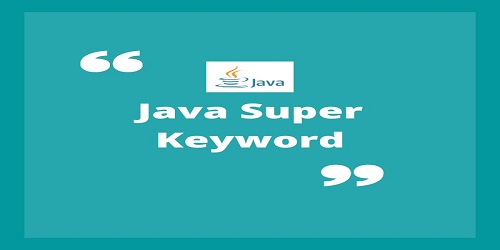

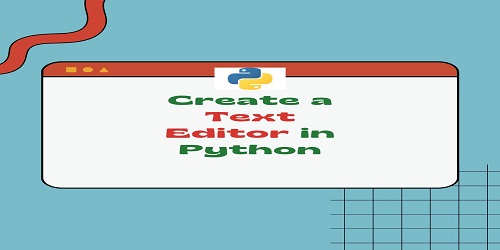
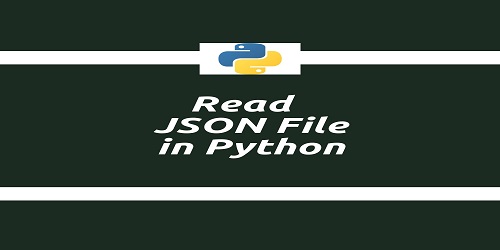
Comments (No)